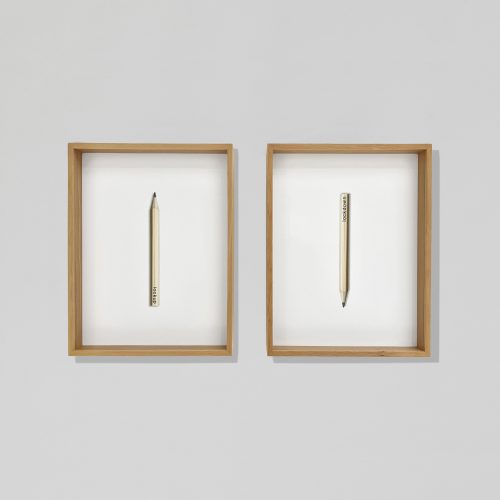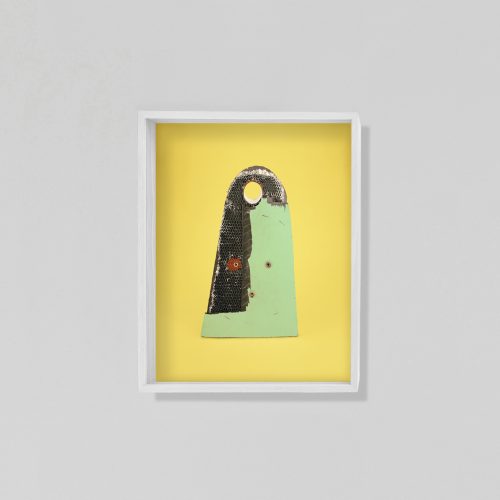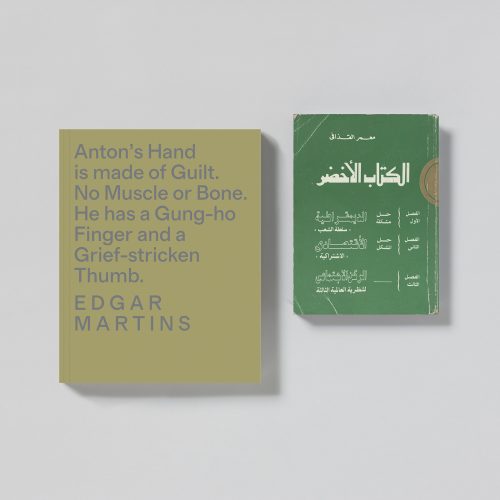Anton’s hand is made of guilt. No muscle of bone. He has a Gung-ho Finger and a Grief-stricken Thumb. is a research-based documentary project, a novel, a journal, a lipogramme and an imaginary anthropological study in one.
It is a multifaceted body of work, which includes original photographs, archival photography and images researched from private Islamist, Libyan and dark web forums.
Developed in north Africa from 2019-2023, this part-documentary, part-speculative project is based on a poignant and very personal story and experience: the death and disappearance of Edgar Martins’ close friend, photojournalist Anton Hammerl, during the 2011 Libyan war. The project responds to Anton Hammerl’s disappearance/death through an examination of the geography, players and circumstances surrounding his demise as well as a reflection on the decisive but paradoxical role that photography has played in conflict zones.
Rebel in hiding was one of the photographs awarded the main prize at the SONY World Photography Awards 2023.
(This artwork is available VAT free. Free shipping also applies to the UK and Europe.)
Date: 2023
Dimensions: 254mmx203mm (8×10″)
Medium: Unframed Collotype print on PHO paper
( Also available in a walnut box frame for an additional fee)
Printed by: Benrido Collotype Atelier, Japan
Edition: 1/10 (front signed and numbered on the back)
About the Artist
Edgar Martins is visual artist woking across different media. His work is represented in several high-profile collections, such as those of the V&A, RIBA, the Dallas Museum of Art; MAST, MUDAS, Modern Art Centre Lisbon, MAAT, Fondation Carmignac, amongst others. He has published over 16 books which were met with critical acclaim and exhibited internationally. He was selected to represent Macau (China) at the 54th Venice Biennale.
About the printer
The Benrido atelier was founded in 1905 in Japan, specialising in books and collotype prints, which are produced by Japanese artisans master printers . The paper used to print Martins’ work is known as PHO. It was produced by Fujifulm in 1949 using the same process as the base paper for photographic printing. The paper has a fine texture and a creamy colour, giving the print a warm and silvery contrast.










